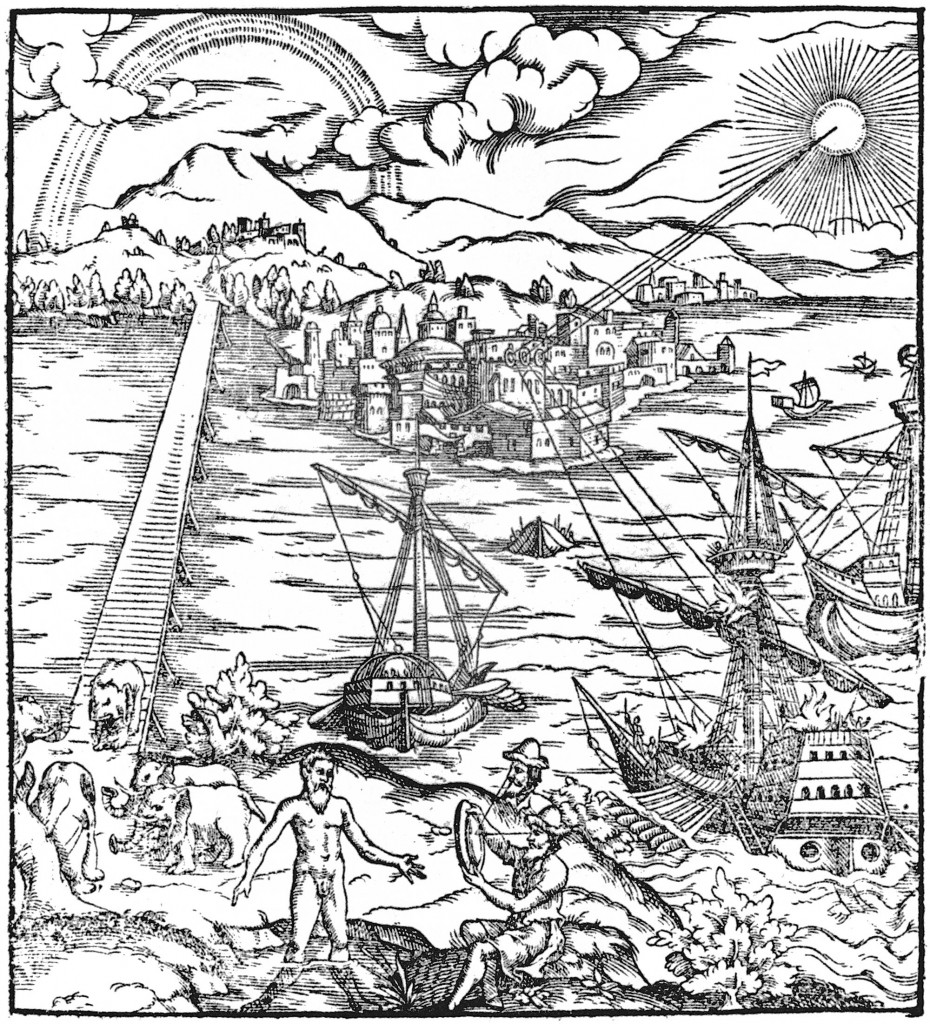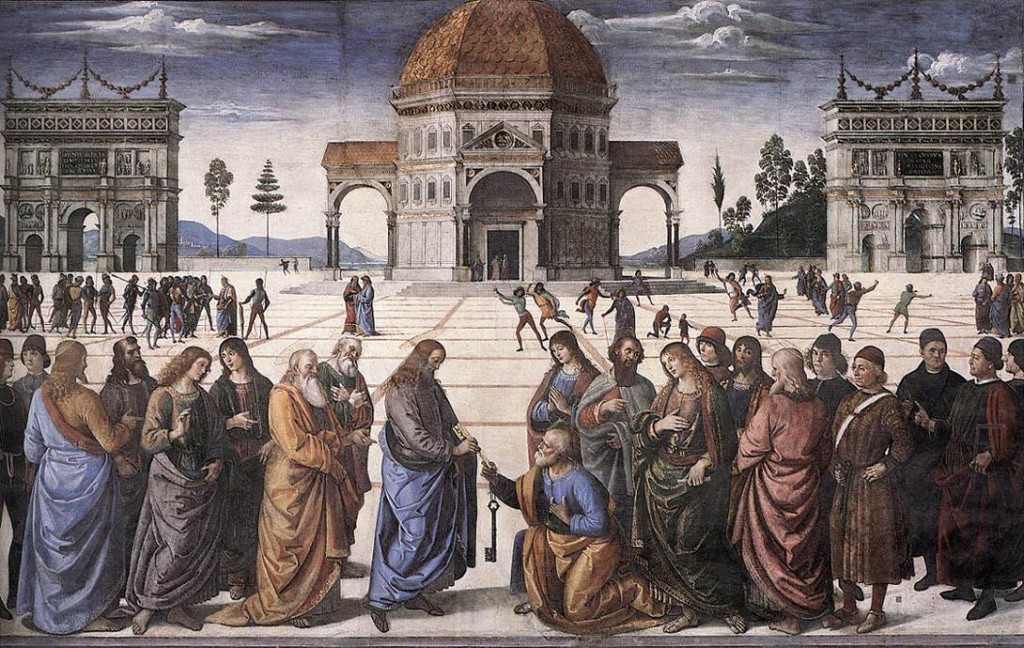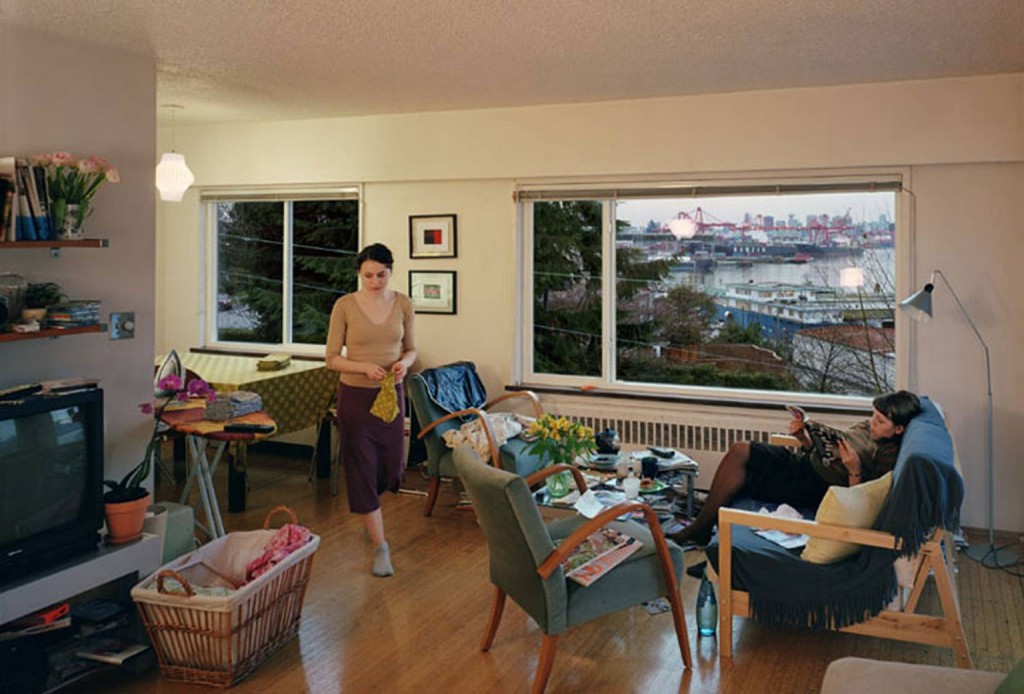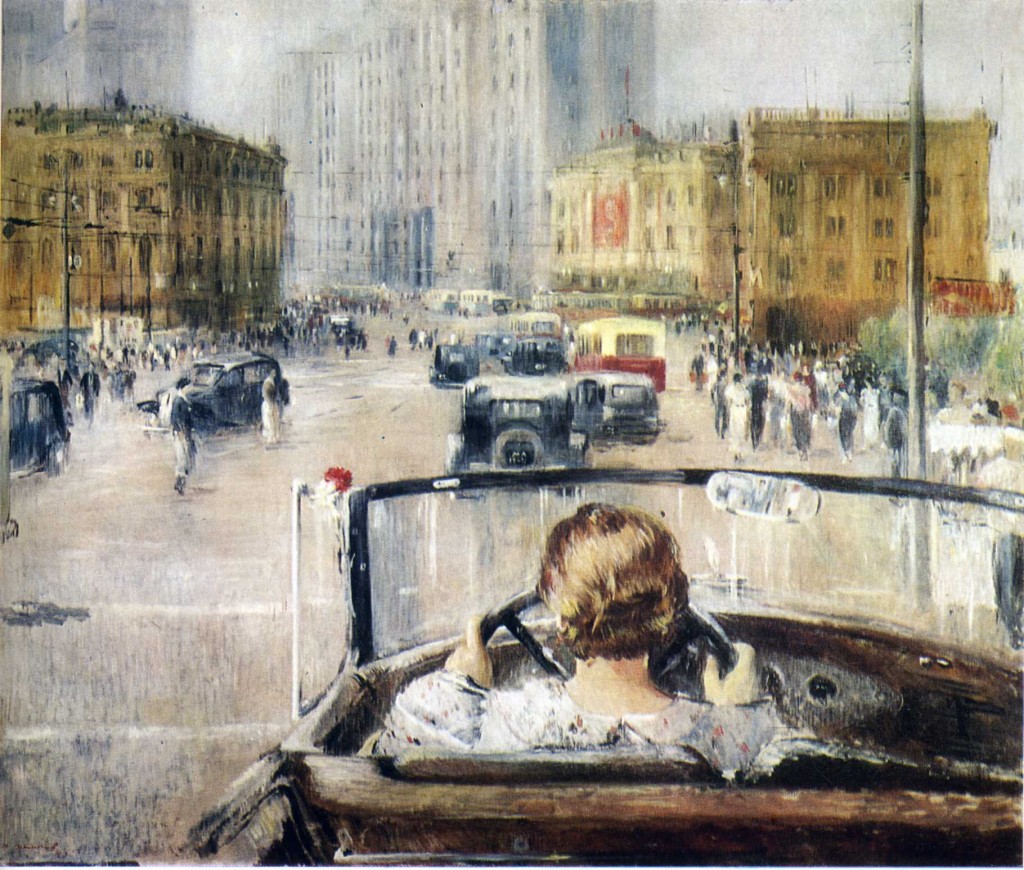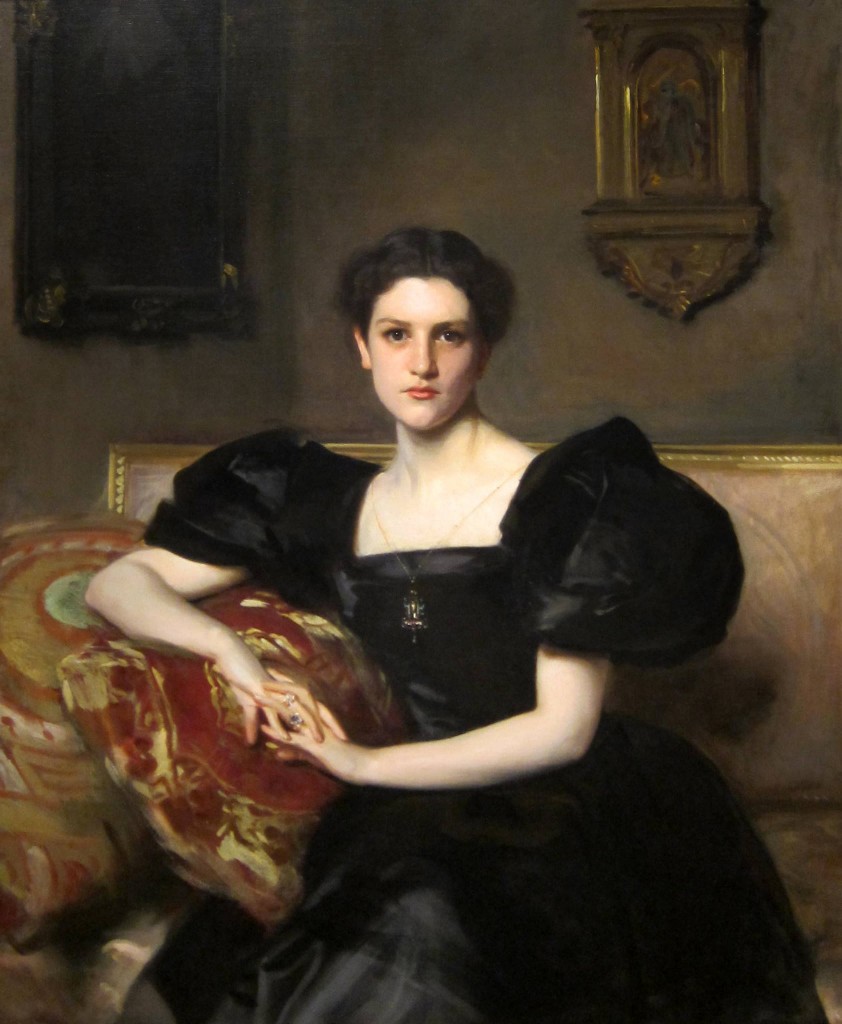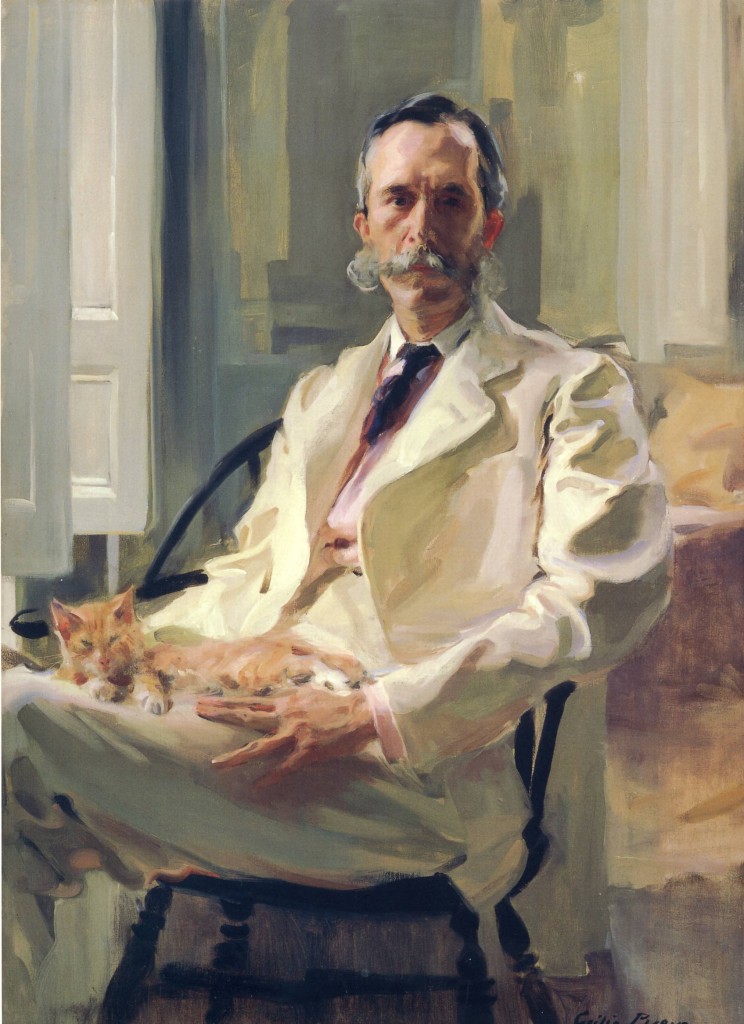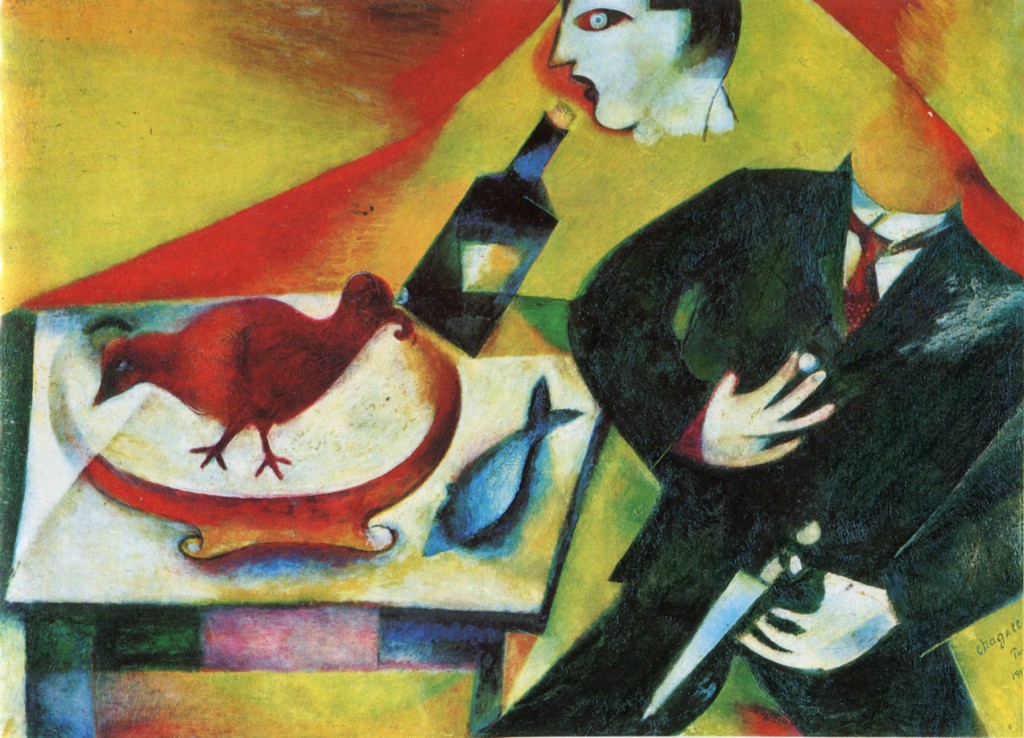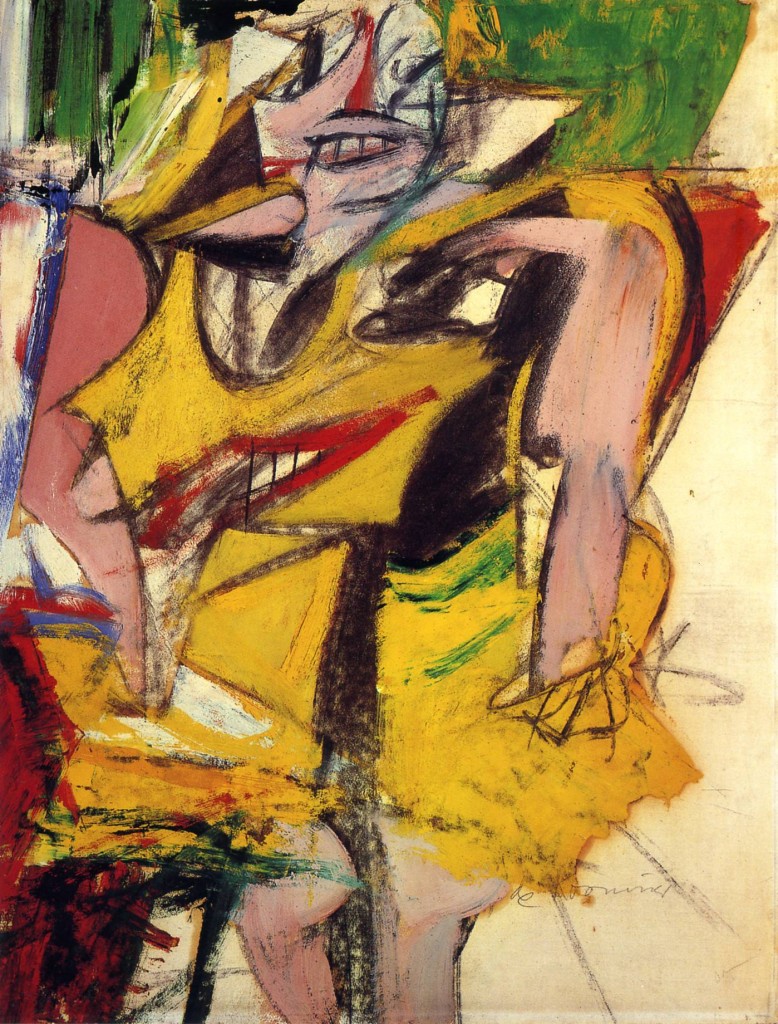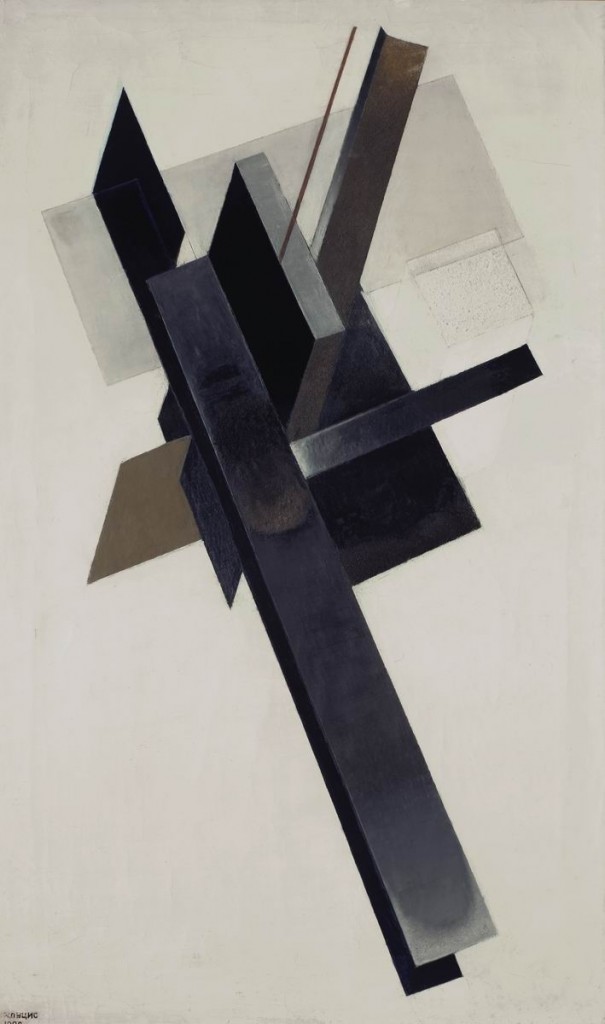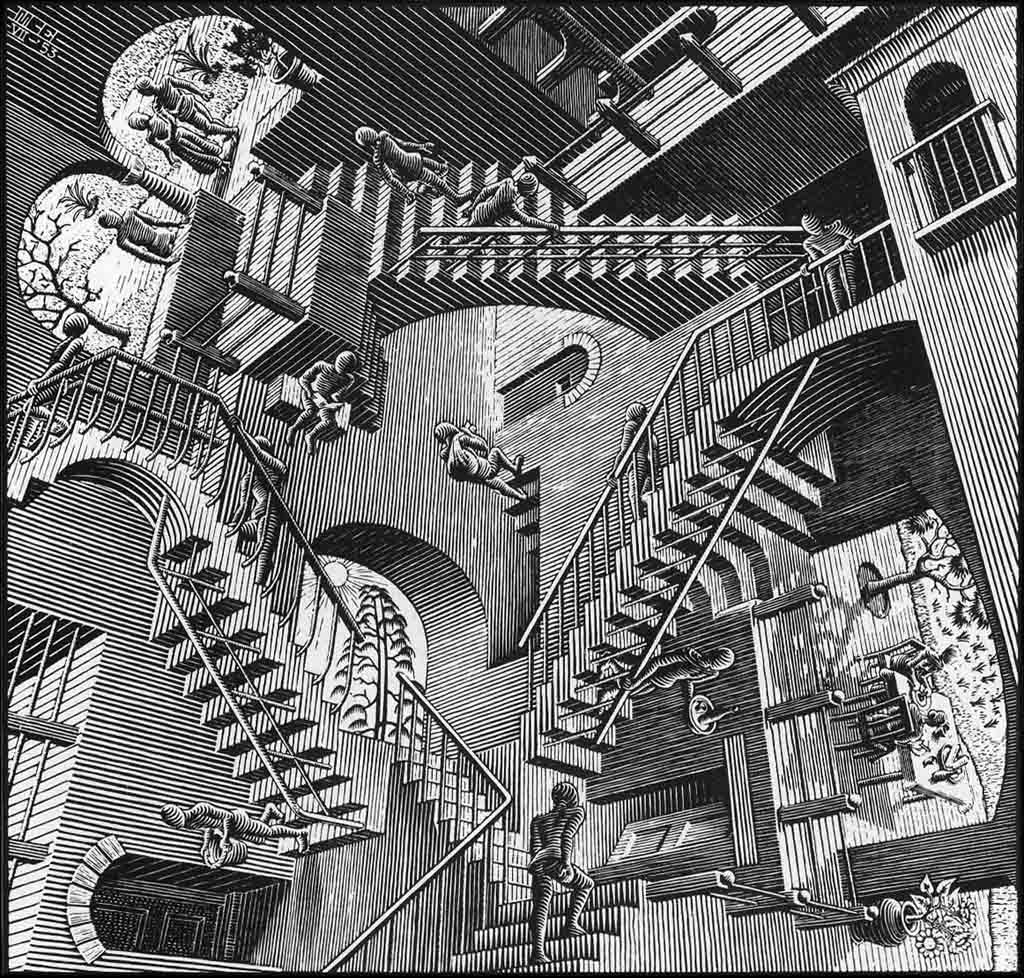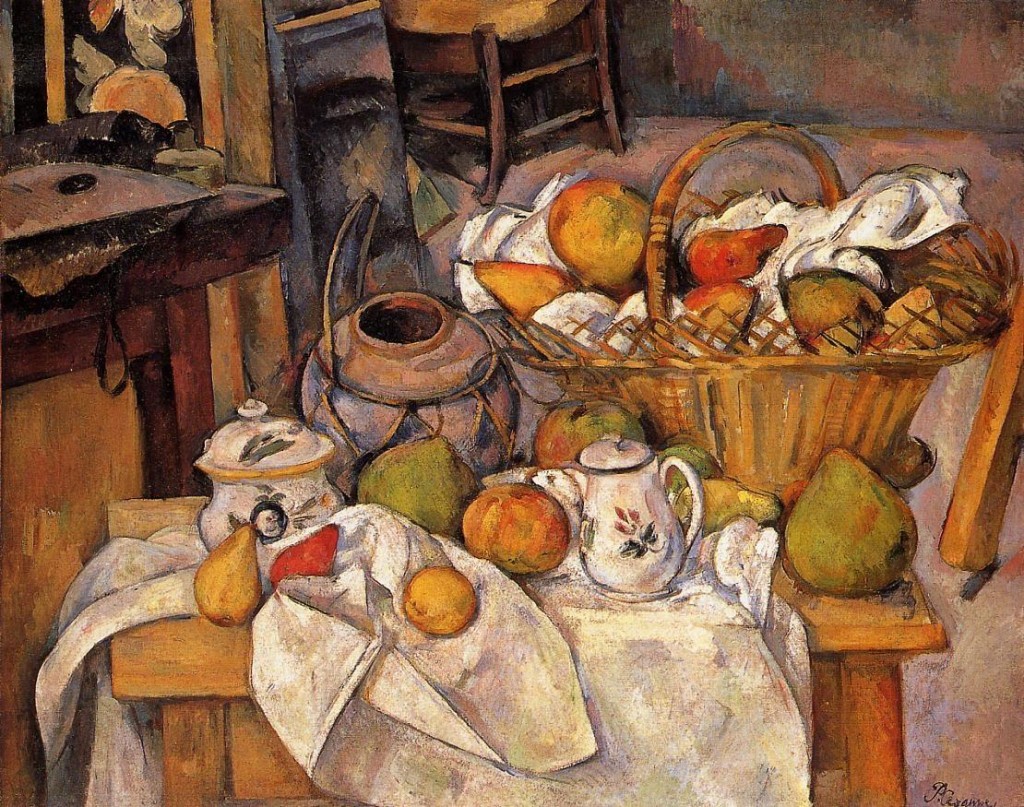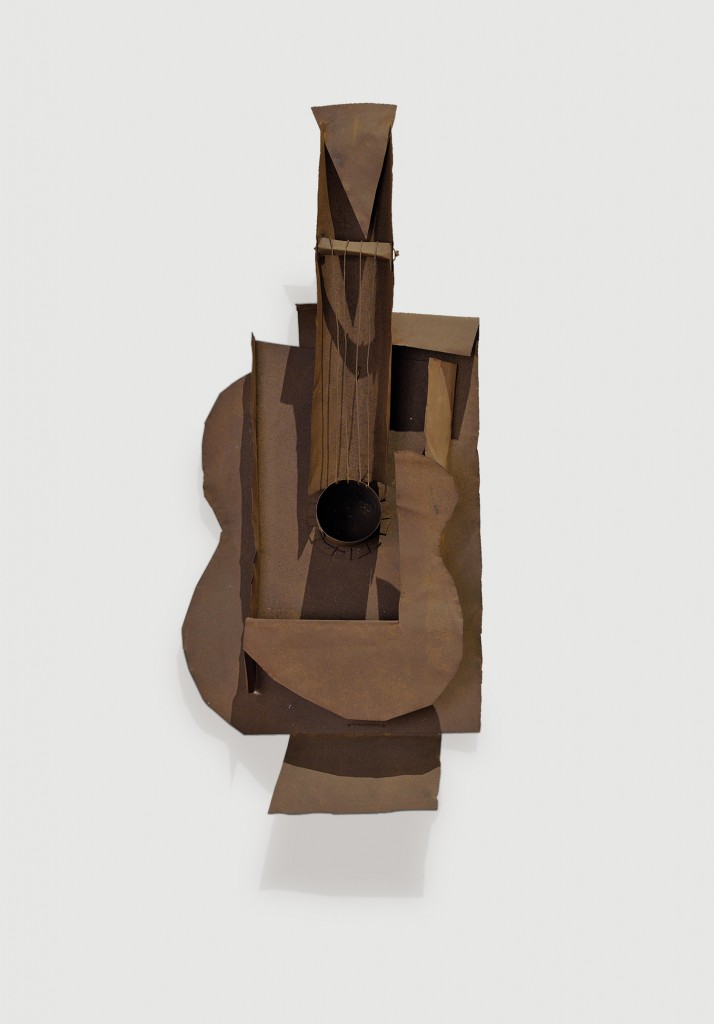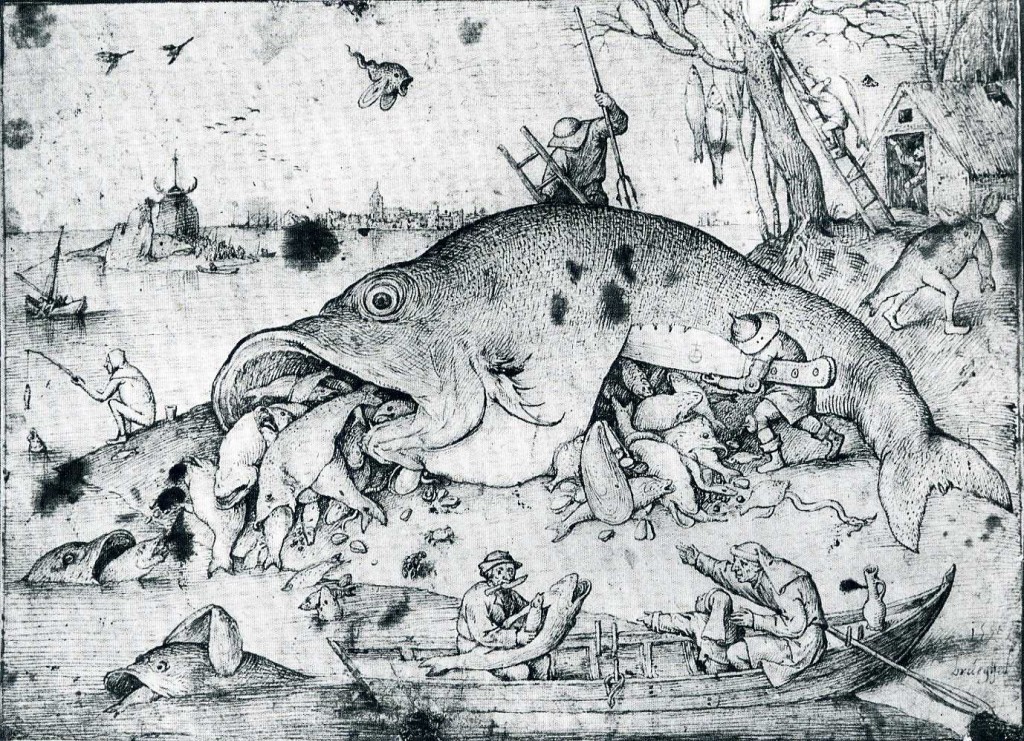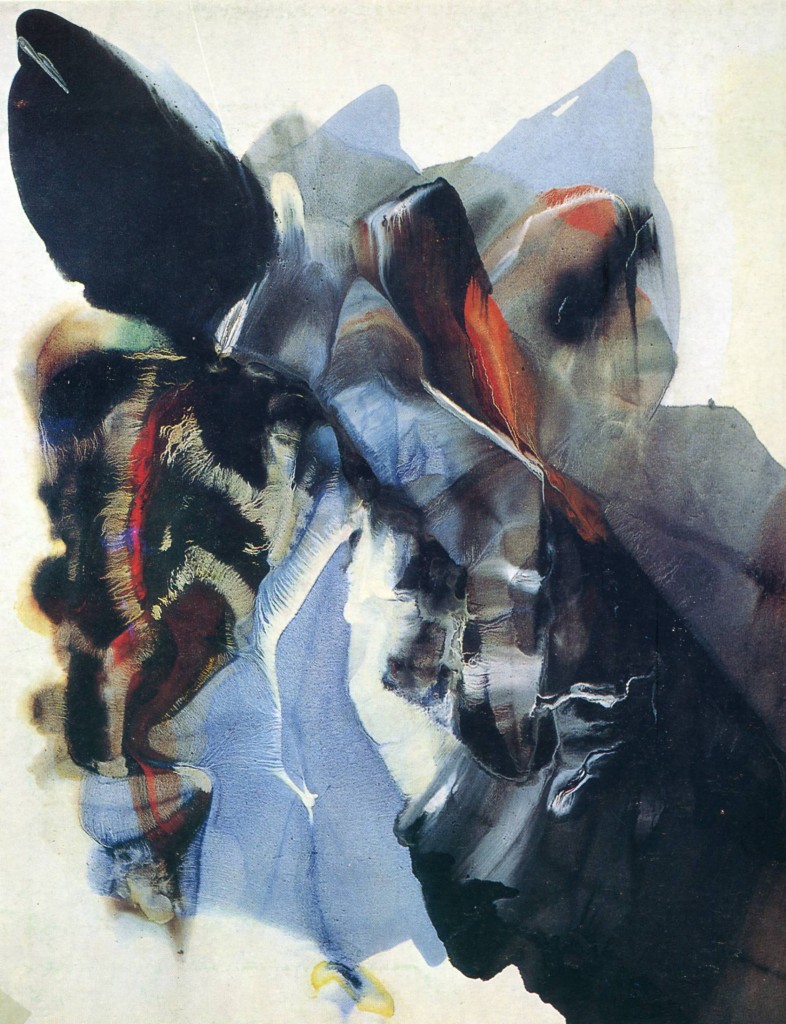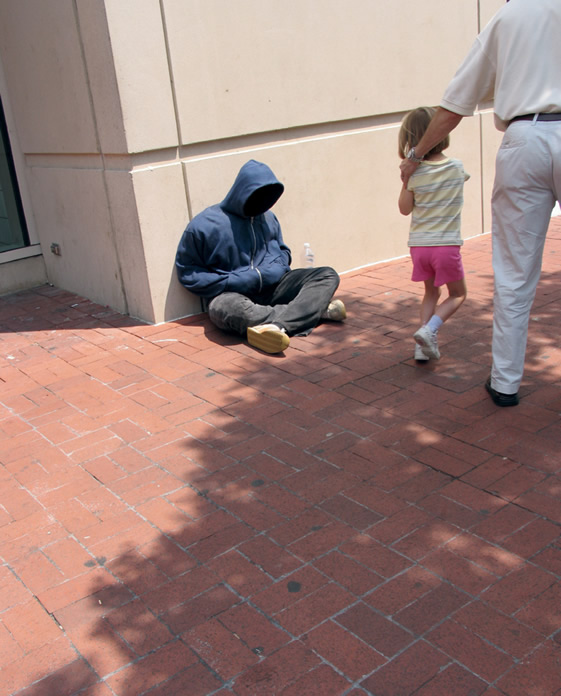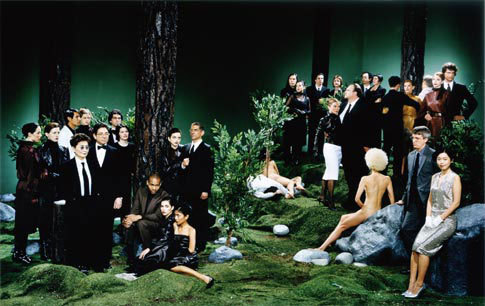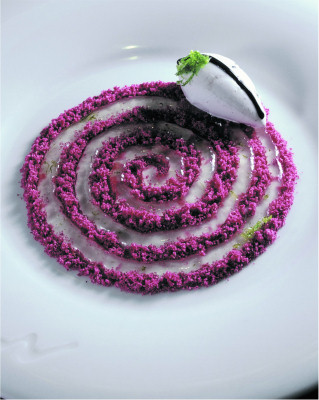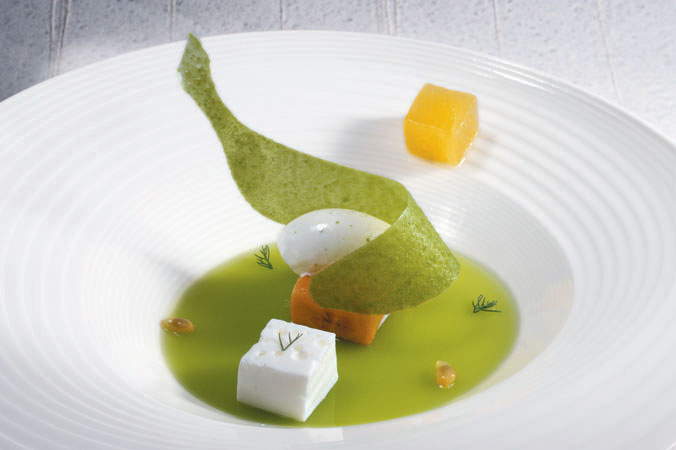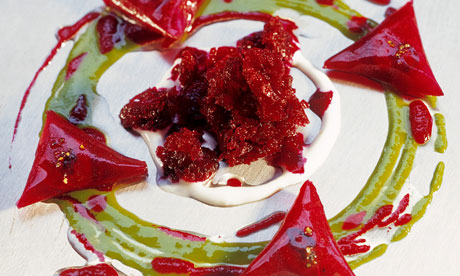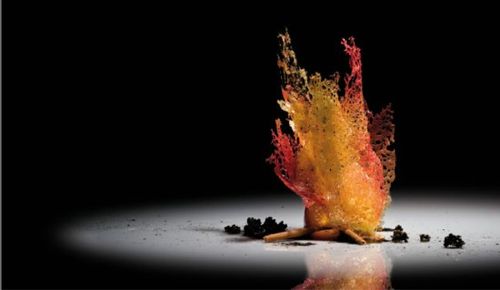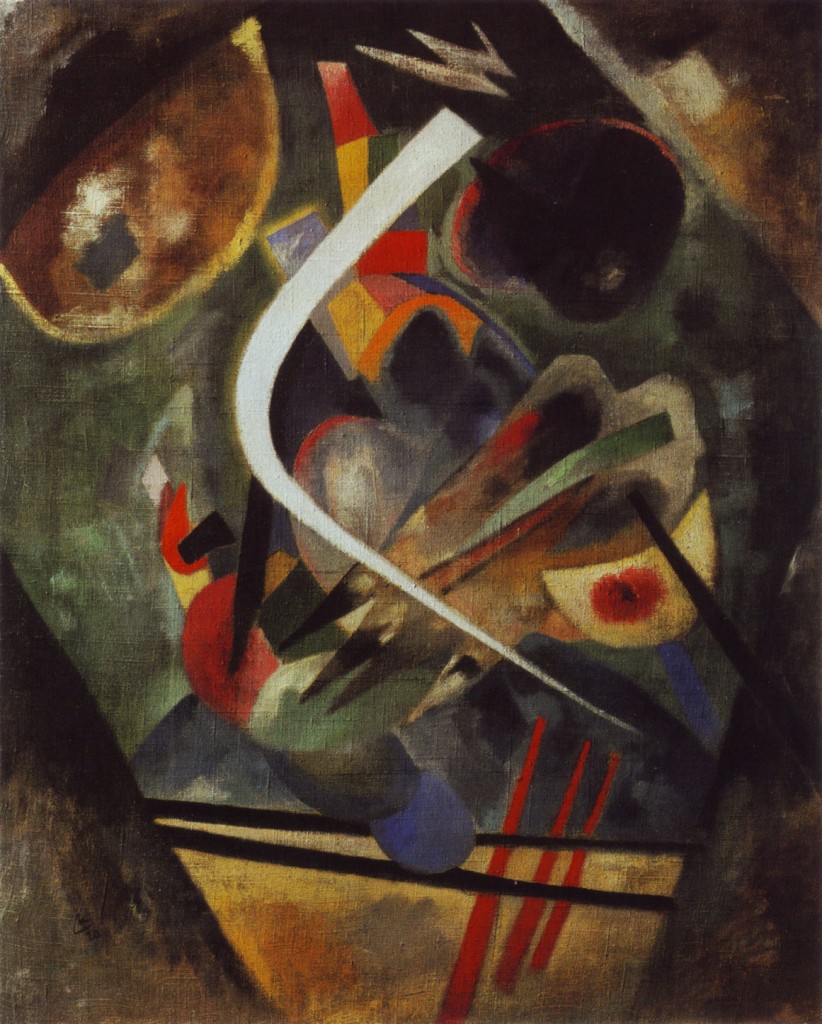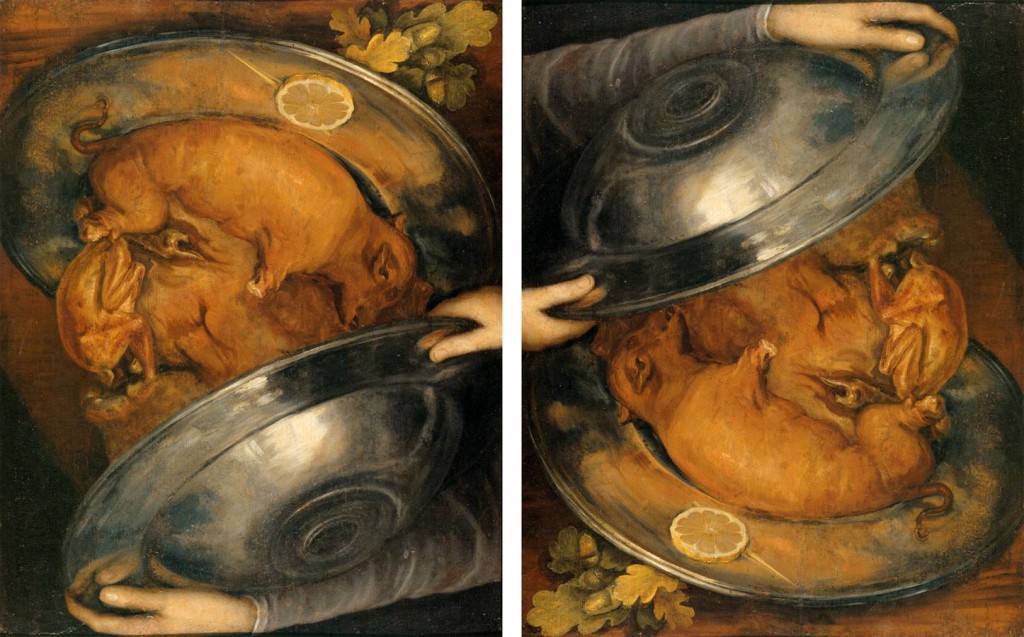On the tail of the last post about earmarks, I’ll write on a few related topics that will hopefully also segue into a number more.
Each earmark that I identified, or any spot on the tableau for that matter, contains a unique mix of sounds; a blend determined by your traversing the sound spaces and as a result your position in relation to the sounds around you. Similar to any music you listen to, the mix is fundamentally made up of the choice of sounds, their placement stereophonically and their relative amplitude. As a listener choosing an earmark then, you are playing with multiple perspectives: combining your personal choices (i.e what points on the tableau appeal to you based on the content, position and amplitude of the sounds you hear) with my own (having composed the tableau in the first place). Strictly speaking this is something that is only permitted through interaction (note 1).
Visit the tableaus to create your unique mixes.
From the Book of Optics, a seven-volume treatise composed by the medieval Muslim scholar Ibn al-Haytham, known in the West as Alhazen (965– c. 1040 AD):
There are two forms of artist-chosen perspectives involved in the above image: the geometrical perspectives (the focus here obviously) and the content / position. What is lacking in relation to sound tableaus is the spectator’s ability to manipulate their perspective. The framed picture is static and two dimensional. As noted above, the only additional perspective afforded here is in the interpretation of the artist’s choices.
Here’s another for consideration, Pietro Perugino’s fresco The Delivery of the Keys (1481-82):
In photography, these artist-chosen perspectives translate to framing and content choices, which is ultimately what defines the work. Of course, there is a bit more to it than that but I think that many of the other nuances involved like choice and settings of the camera, lighting, etc. can be translated to the more detailed elements in other media as well. Jeff Wall spends a lot of time preparing a shoot so that he can assure complete control (similar to a tableau vivant). Here’s one of his plays on perspective, A View From An Apartment:
Here’s another perspective-centric work: New Moscow by Yuri (Georgy) Ivanovich Pimenov (1937).
Of course there are more pronounced manipulations of perspective. Artists have moved perspective towards the more abstract, famously explored in cubism.
Frankly, I could put any piece of art up here and have it apply to perspective, from a 3 year-old’s finger painting upward (or downward to some). Here are a range of pieces that have been on my mind recently that reflect some of the different personalities of perspective.
With some near photographic detail:
Elizabeth Winthrop Chanler (Mrs. John Jay Chapman) by John Singer Sargent (1893)
With a little added expression:
Man With The Cat (Henry Sturgis Drinker) by Cecilia Beaux (1898)
A leap towards abstracting the two (geometric and content):
Marc Chagall – The Drunkard (Le saoul) 1911-1912
And further abstraction with a healthy dose of expression:
Willem de Kooning – Woman (1953)
Geometric:
Axonometric Art by Gustav Klutsis (1920)
A discussion of perspective in art wouldn’t be complete without Escher:
M.C. Escher – Relativity (1953)
Where geometry isn’t quite right:
Paul Cezanne – The Kitchen Table (circa 1880 – 90)
Geometry abstracted. (In sculptural form, this has more similarity to a tableau since it changes depending on where you’re standing. More at this dedicated MOMA site.)
Picasso – Guitar (1914)
Symbolism and narrative:
Peter Bruegel – Big Fish Eat Little Fish
Abstract Expressionism:
Paul Jenkins
And where situational perspective thrives, in the public space!
Mark Jenkins
Let’s once again consider the tableau vivant. Take this example, a Vanessa Beecroft creation for Jeffrey Deitch from an article in Harper’s Bazaar (Sept 2000).
Despite the fact that we’re looking at a tableau vivant, it is also a photograph that is limited to static two dimensionality. The perspective has been chosen for us. If, however, you were able to move around the set, you would be able to experience different perspectives and determine which framings (mixes / earmarks) you appreciated the most. We looked at a Picasso sculpture that leaves the flatlands behind providing different perspectives when viewing it from different angles, so let’s now consider time-based arts.
Here’s an interactive site that allows for some very powerful perspectives on a work. It’s for choreographer William Forsythe’s “One Flat Thing – reproduced” no less. I’d encourage you all to spend some time investigating this one: Synchronous Objects.
We can also consider cinema, video, theatre and even gastronomy. The latter offers the most obvious interactivity and some other interesting ties to sound tableaus strangely enough.
Imagine first that you’re making a soup or a stew. You spoon some to your mouth to see how it’s coming along. At first you taste some saltiness that settles into a more complex sweet and savoury taste followed by.. wait what’s that? Something is missing!
By this point we’ve already learned a few things: certain tastes emerge earlier than others, taste evolves over time and tastes can combine to form a composition (flavour) larger than themselves. These are all very familiar when you think of the characteristics of sound: amplitude, envelope (attack, decay, sustain and release), frequency and timbre.
On top of that, once your dish is served, we know that (as redundant as it may seem) taste varies between people, meaning there is an element of personal perspective involved in gastronomy the same was as there is in art. So then a sound tableau is quite similar to a plate of food; there are different flavours in different areas of the plate that are made up of different tastes. You might prefer the lamb over the salad (or you might enjoy them both) the same way as you might appreciate different areas on the tableau.
Consider these from Ferran Adrià at elBulli Restaurant / Foundation:
Getting hungry? elBulli will only open again in 2014! In the meantime, here’s a synesthetic view of sound:
Wassily Kandinsky – White Stroke (1920)
What about this one???? Mmmmm…
Giuseppe Arcimboldo – The Cook (ca. 1570)

